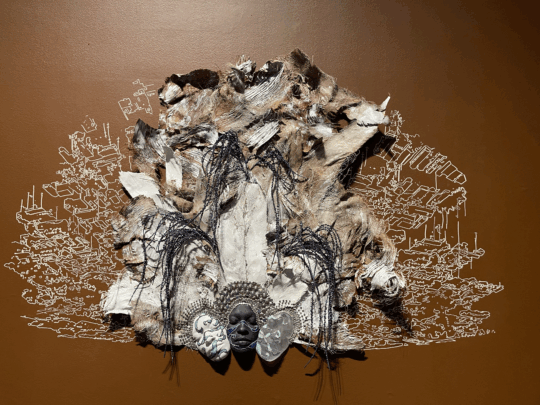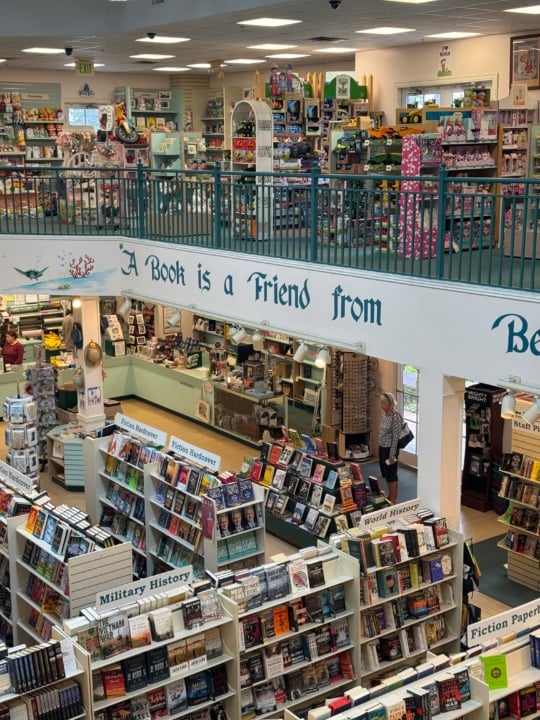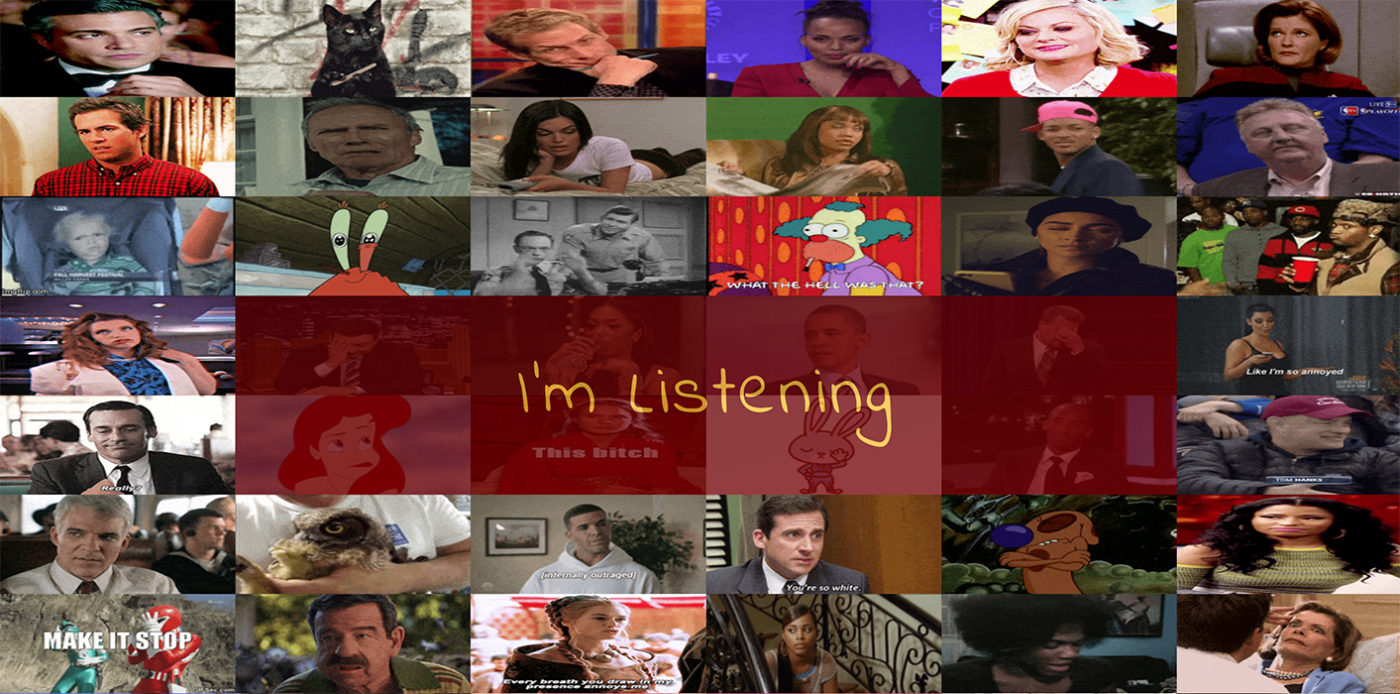
I picked my hairdresser by looking at pictures on Instagram of haircuts he’d done and listening for the birdsong of his clients’ gratitude. Broadly, the internet, through sight and desire, shapes what the world looks and sounds like. The salon has a lot of white surfaces and wide-handed plants. It is my impression that we, the people in the salon, basically have a pact about what looks good. No one made us do it; we all just elected to look good as we’ve defined it online. If the internet modifies seemingly non-digital parts of life, including my body, this is one of its changing rooms. My hairdresser tilted my head back into the sink, and I looked into the light sources. He tested the water with his hand until it was a comfortable temperature.
If the aesthetics of the salon are Airspace chic, then those of the group exhibition <i>also</i> tubes are more Great Clips Playmobil set, showcasing an instinctive, homemade relationship the internet. The artists’ aesthetic choices demonstrate a knit-level understanding of code and reference a more democratic era of the internet, when you were more likely to visit a Geocities site than Facebook. At the gallery Unrequited Leisure in Nashville, these code-based works were projected on a wall, playing in a continuous loop. Two of these works interact with speech. Though the others show movement and progression, they are just for watching, which gives me the sensation of looking at my coworkers’ computer screens on the way to the bathroom.
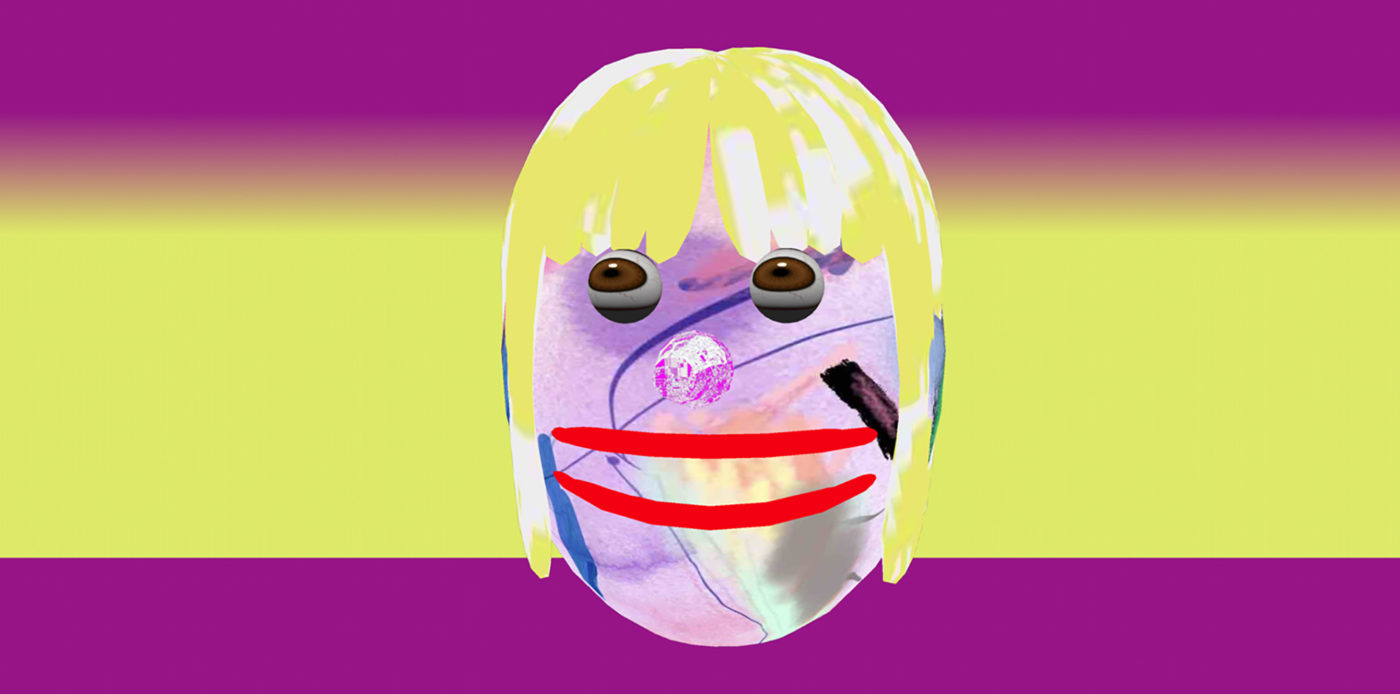
Amay Kataria’s Babble Wall prompts viewers with text that reads I’m Listening surrounded by GIF tiles. The piece interactively responds to speech overheard in the room by displaying GIFs related to what it has heard. The GIFs look like the option screen in Facebook Messenger that made Chris Pratt’s expressive face famous. They are so enthusiastic and need so much. The other interactive piece is Lee Tussman’s Avatars. The digitally animated face it shows has a pink bucket nose and looks like those portraits of people made out of vegetables, but instead made out of things from a Webkinz’s home. The avatar would repeat what you said back to you in a garbled way. People taunted the avatar. She became the face of the whole exhibition. For each work, people demanded Siri, talk to me, baby.
These interactive works spawned a class-clown dynamic in which whoever spoke inched closer toward courage and contempt. The exhibition appeared to inspire the provocation of a teacher who misunderstands its students yet still keeps them a captive audience.
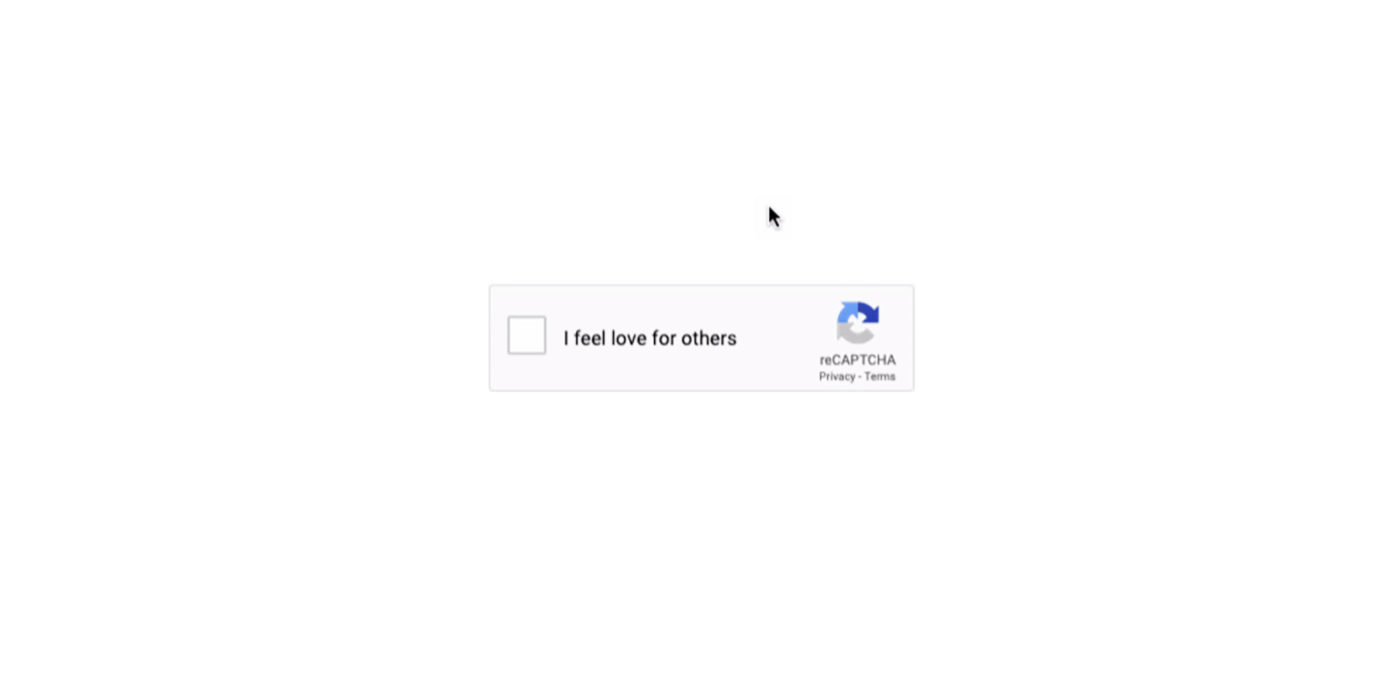
Jeff Thompson’s Turning Test uses a browser plugin to alter the text of a CAPTCHA box from reading I am not a computer to I feel love for others. I like the idea that this acknowledgment could be something scheduled and religious, like praying at noon or carrying an icon in your pocket. It appears during the day (many workers are online for the duration of the work day and go home to spend leisure time online too), giving some abiding reminder of who one is or what one is doing. It comes unexpectedly to put one in one’s place. I think this piece performs better in the wild.
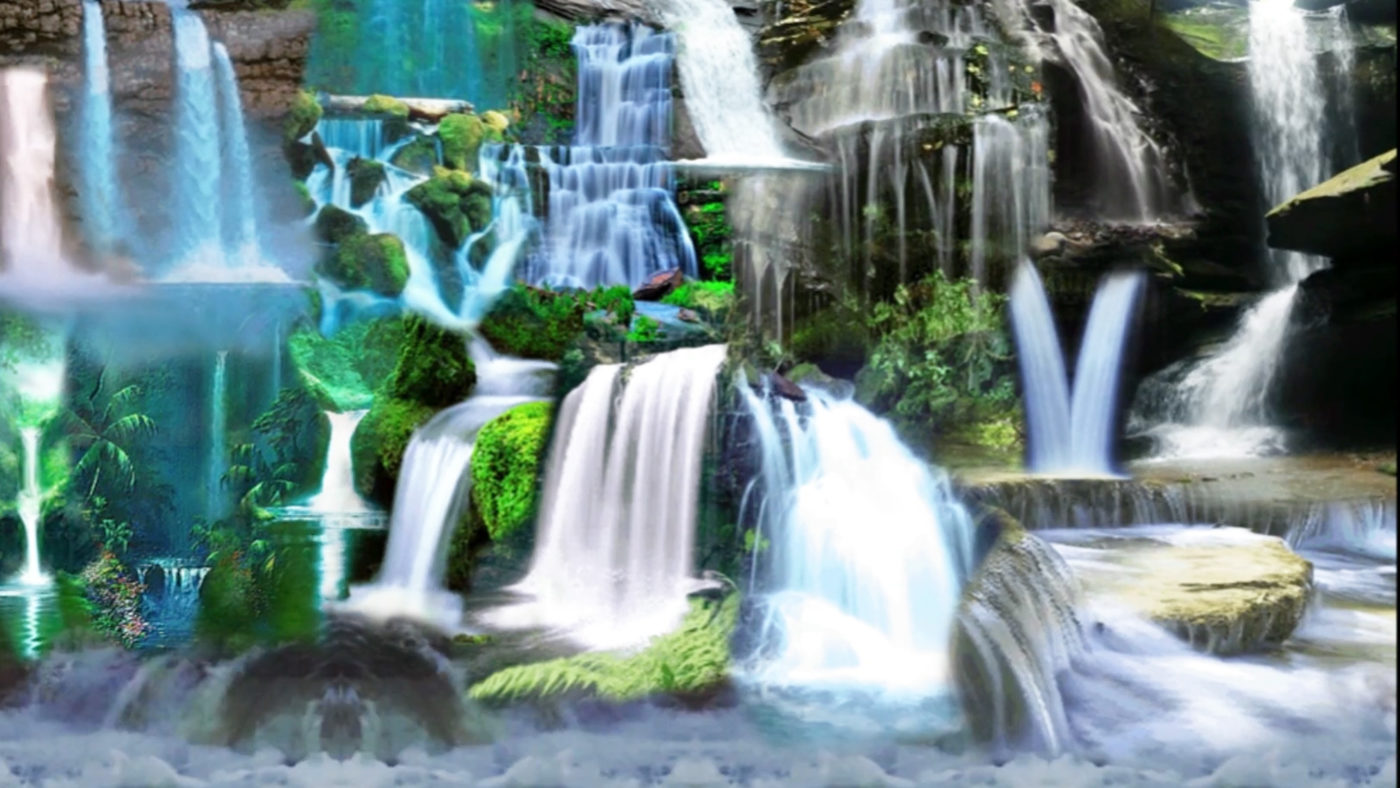
Faith Holland’s Visual Orgasms are dynamic digital collages showing a collection of images of a given natural phenomenon—such as bees pollinating flowers, waterfalls, and volcanic activity—with a sense of suspense and release. Since buildup and release structure essentially all forms of human entertainment (jokes, epics, the water cycle), it didn’t read as sex to me. Any underdefined metaphor could be about sex. (Doing it could be anything, any action, but without context, it means having sex.) Perhaps the default metaphor is sex, maybe Holland is putting that to use. Everest Pipkin’s bodies.html also makes me wonder about what is unique to the human body. The work displays a list of commands as though a human body operated like a computer: fire synapse, breathe, heart beat, produce estradiol, see. It reminds me that I have almost no understanding of my body’s intrinsic functions, similarly to how I have almost no understanding of how the internet is facilitated. Both my body and the internet are at-hand to me, and I feel at home in them. Yet I learned just a month ago there are large servers that use as much electricity as a small town to store my data.
These artists’ use of early web technology and techniques appears to me now as somewhat strange, unfamiliar. These works feel like the internet before it was addictive. I use my internet to reach, at all hours, for the objects of my longing. I am speaking onto the water where my voice carries to nearly everyone I know.
<i> also</i>tubes has been extended through March 15 at Unrequited Leisure, Nashville.


